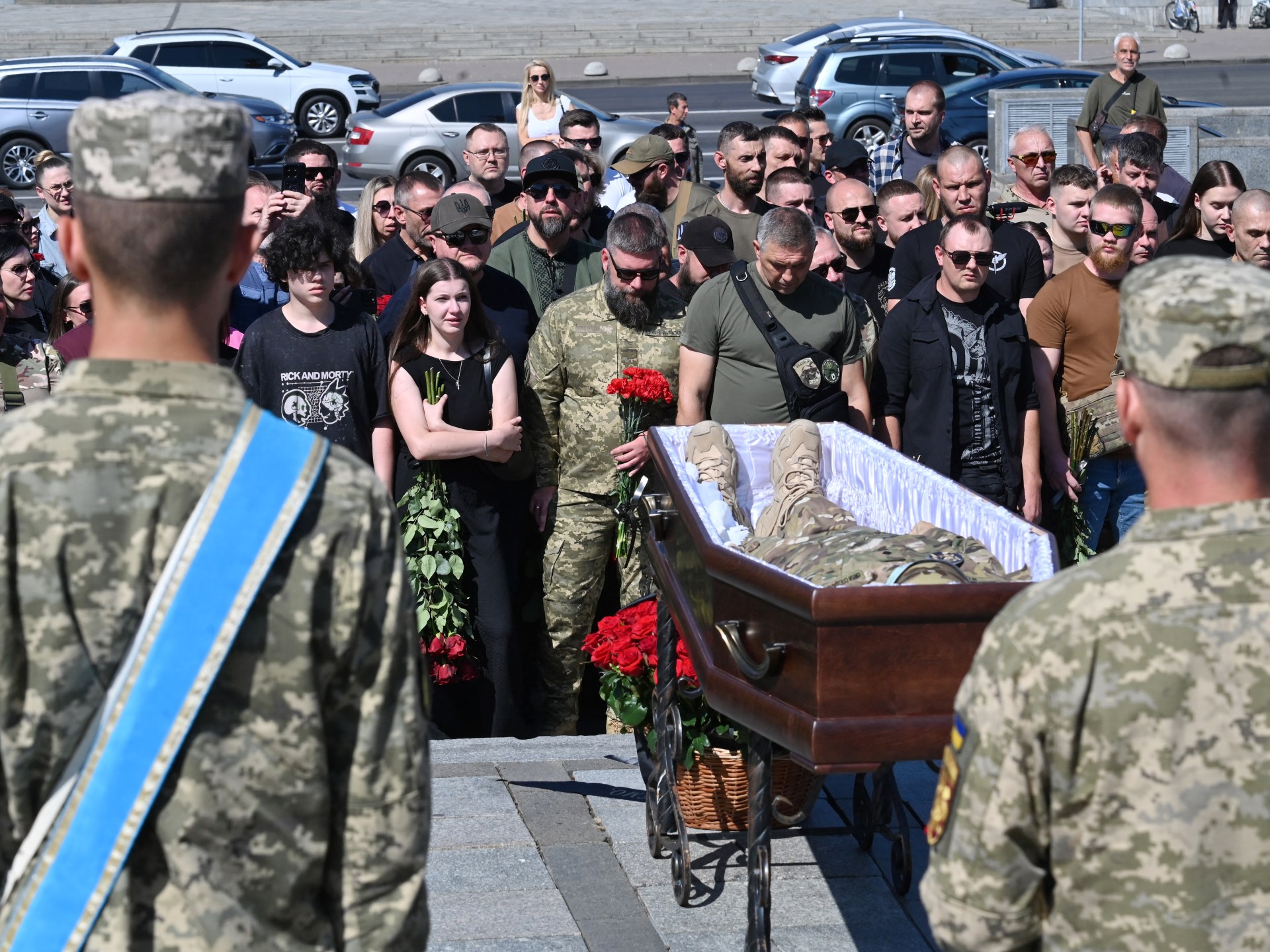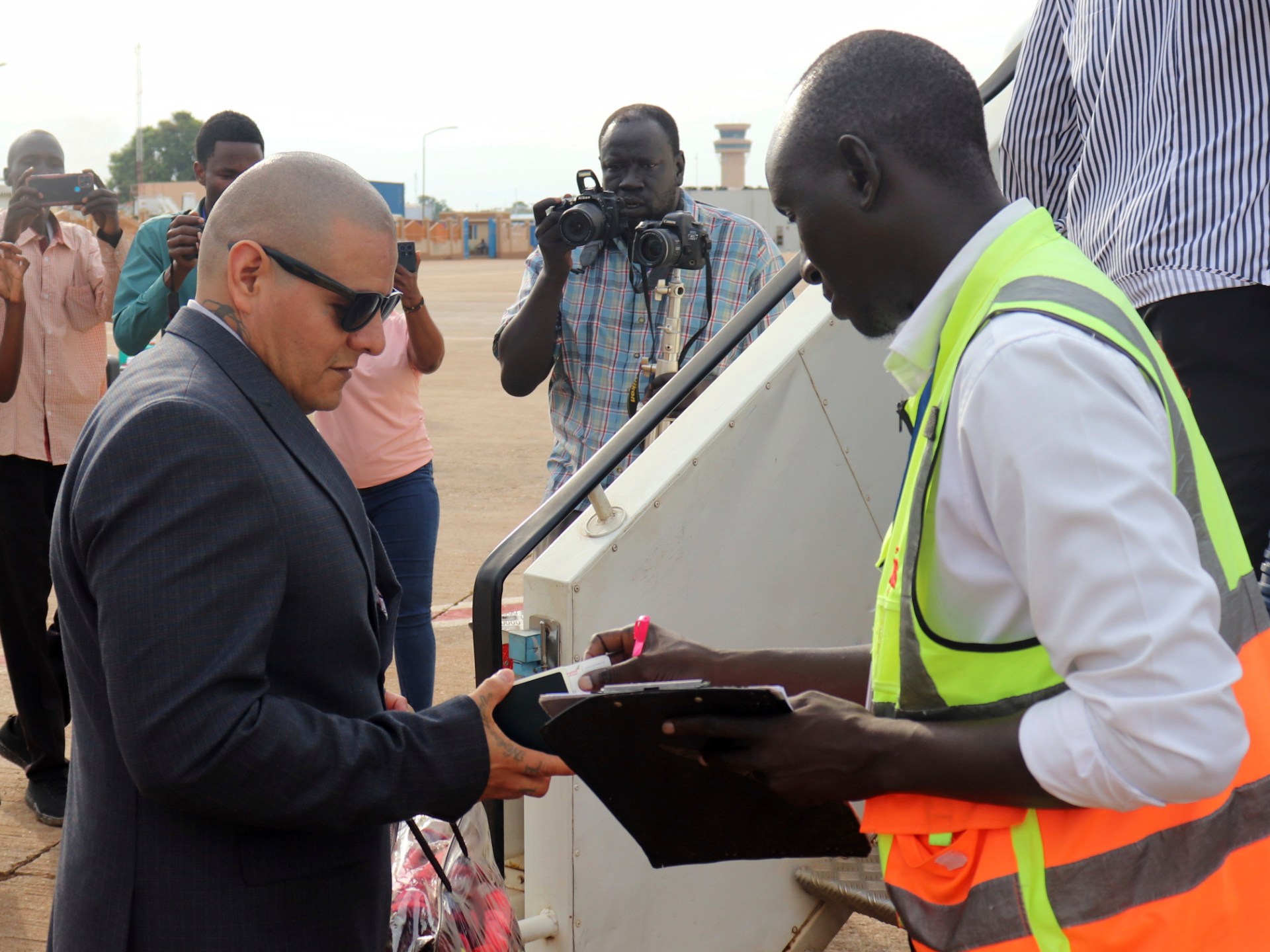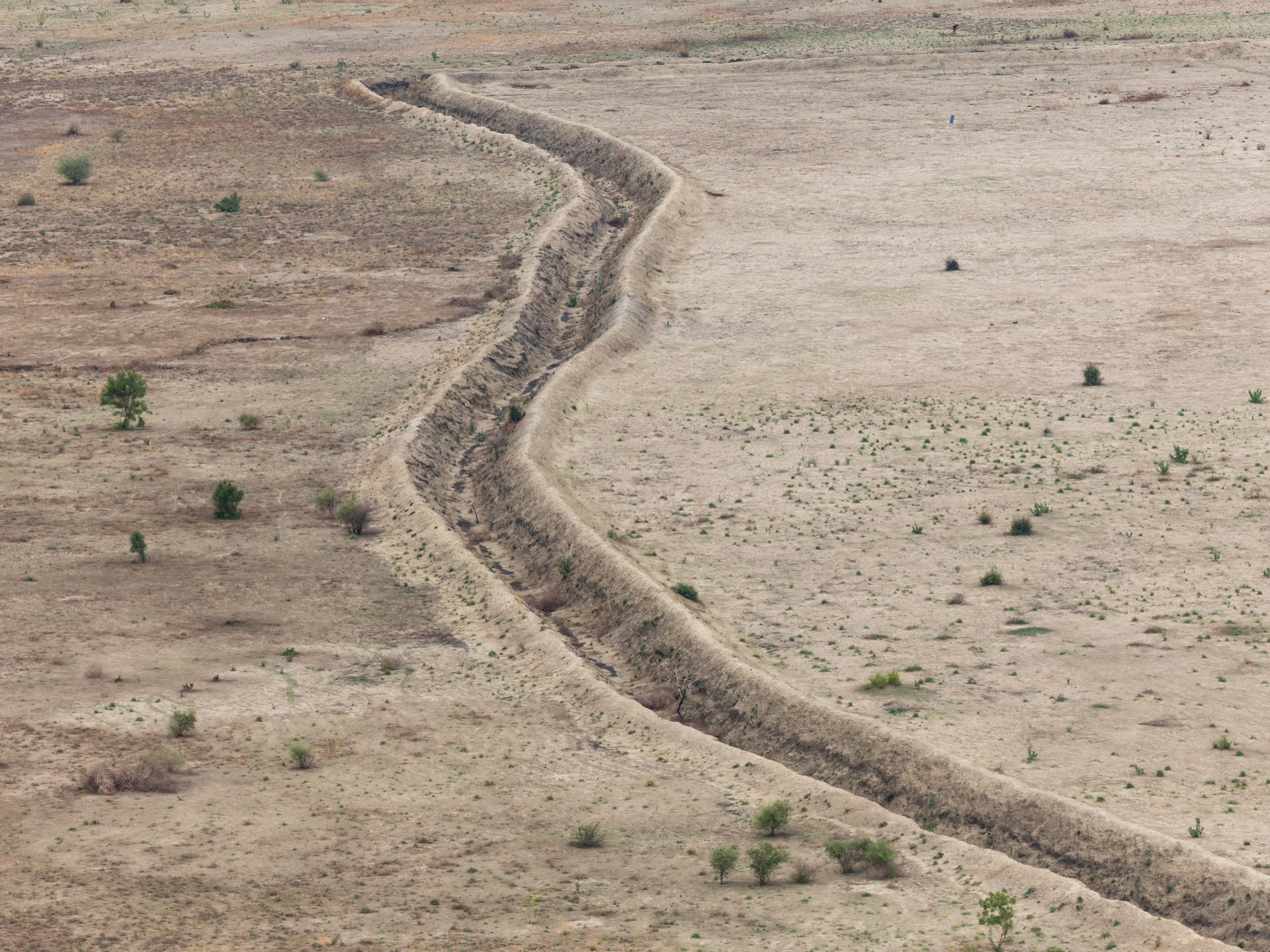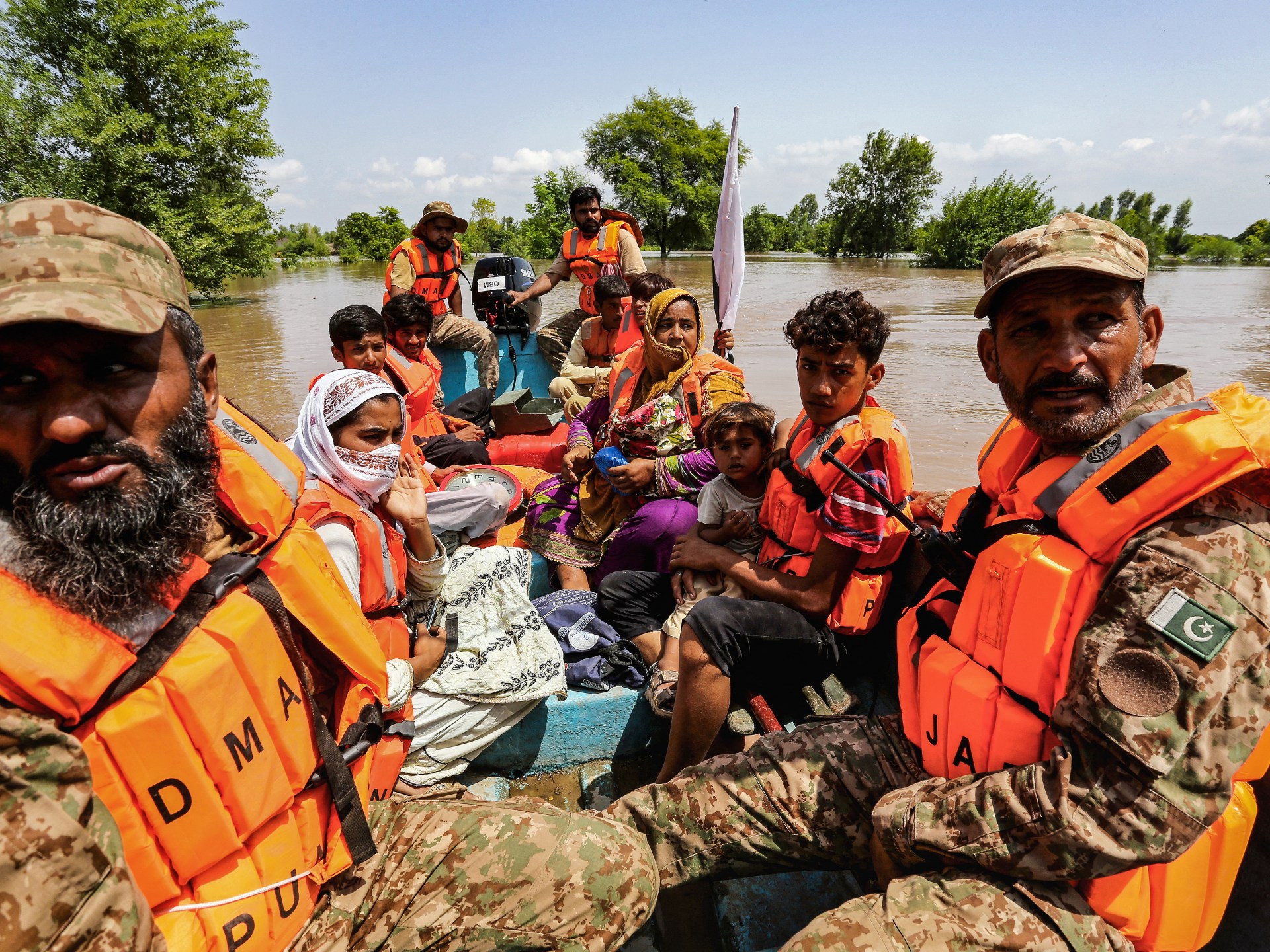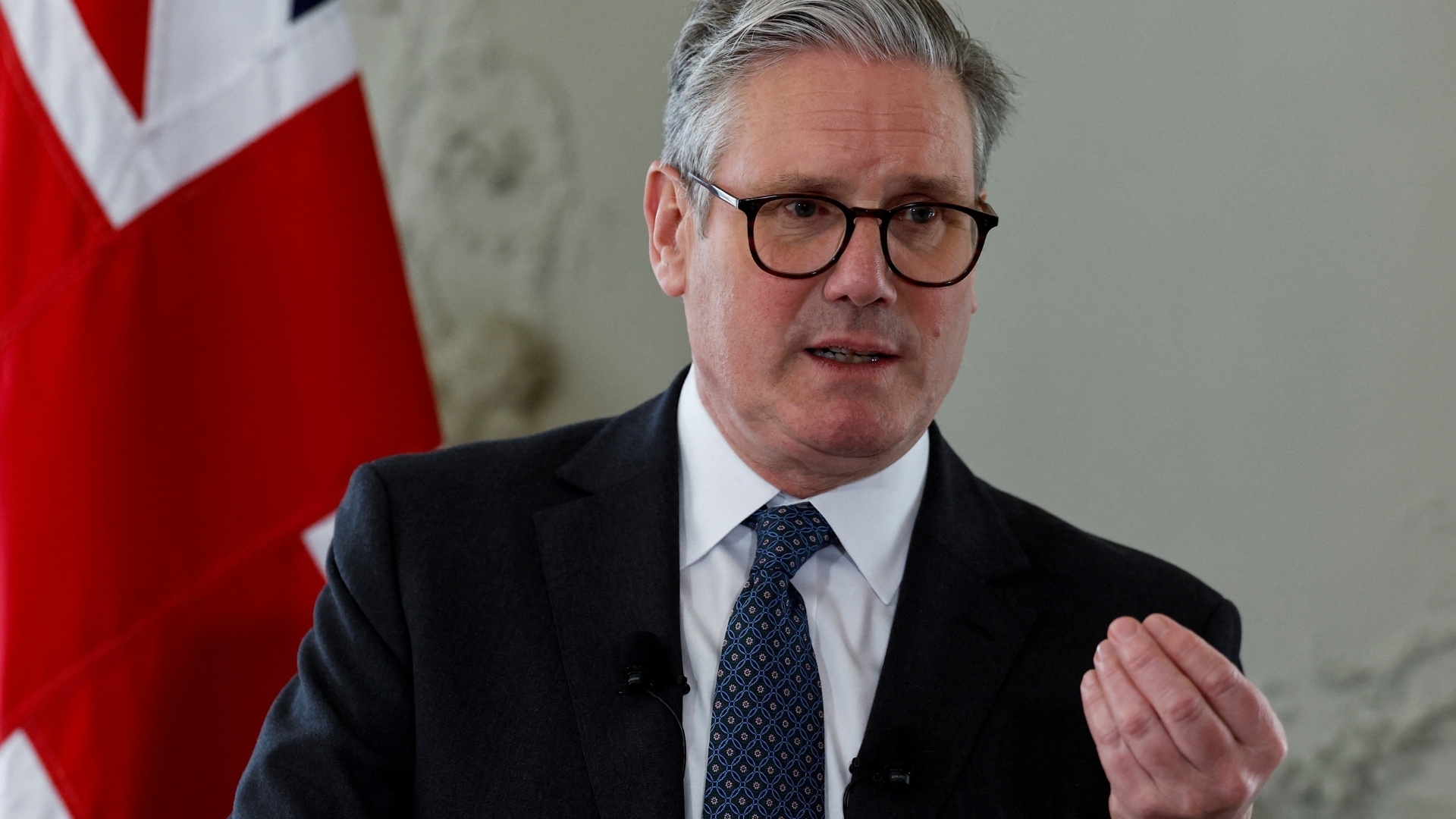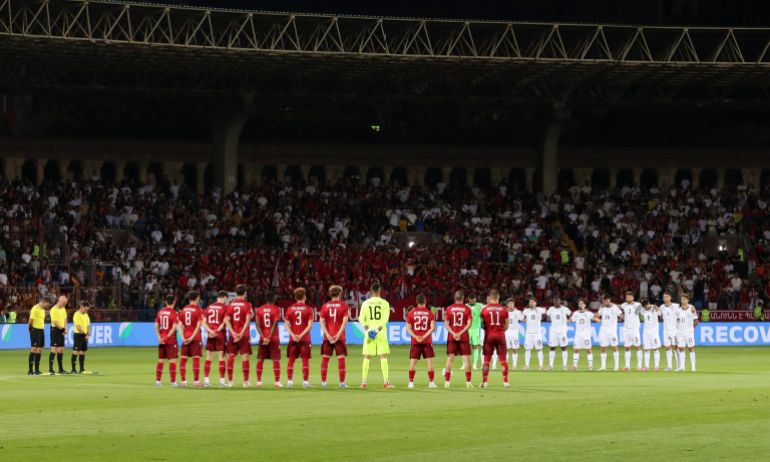On Sunday, September 7, 2018, this is how things are going.
Fighting
- Late on Saturday, Russian forces launched another large-scale drone attack on Ukraine, according to the Kyiv Independent, citing officials. Explosions were audible in cities across Ukraine, including Kyiv, Kharkiv, and Dnipro.
- One person was killed and several others were hurt by a Russian attack in the Ukrainian town of Putyvl, according to regional governor Oleh Hryhorov. Among those injured was a nine-year-old child.
- At least 15 people were also hurt by a separate Russian drone attack in Zaporizhia in the southeast, according to Ivan Fedorov, the head of the military in the region, which is partially occupied by Russia.
- Authorities in Chernihiv, Ukraine, reported that a Russian drone dropped leaflets in the form of 100 Hryvnia bills to offer residents real money in exchange for coordinates to help Russia defeat Ukrainian forces.
- No significant harm or an increase in radiation levels were caused by Ukrainian drones hitting the roof of the training facility for the Zaporizhzhia nuclear plant, according to the Ukraine-based government’s undersecretary. According to the statement, the strike occurred from a reactor unit about 300 meters (984 feet).
Weapons
diplomacy and politics
- Officials from both countries were present at the burial of Poles who were killed by Ukrainian nationalist fighters during World War II, easing a remarkably difficult relationship between the two allies.
- In an alleged sabotage ploy committed in December of 2024, a Georgian captain of a ship that is thought to belong to Russia’s so-called “shadow fleet” has denied intentionally dragging an anchor. In a Finnish court, Captain Davit Vadacthkoria and two senior Eagle S  officers are accused of “aggravated criminal mischief and aggravated interference with communications” in a Finnish court.
Sanctions
- According to Belgian Foreign Affairs Minister Maxime Prevot, securing Russian central bank assets from the 27-nation bloc could seriously harm Europe’s economy. After the Ukrainian invasion of 2022, the EU had frozen some 200 billion euros ($234.4 billion) of its central bank assets, the majority of which are held by Belgium’s Euroclear, a world-leading deposit company.
